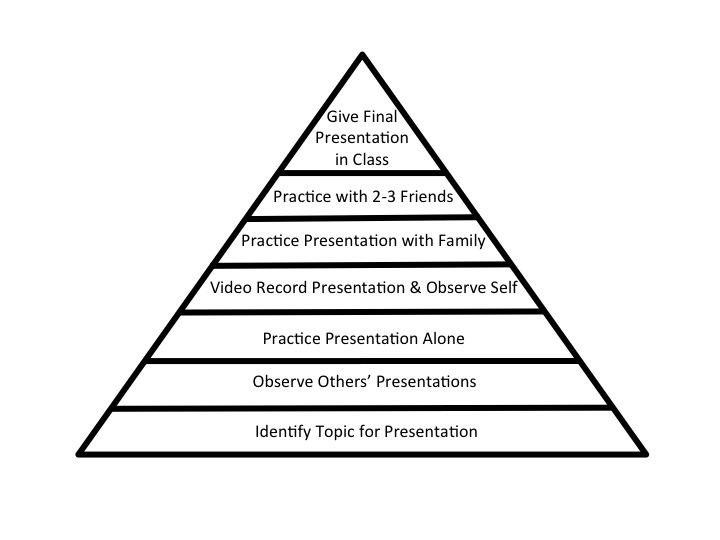A Quick Guide
Systematic Desensitization Therapy is a type of exposure therapy used to treat anxiety-related phobias. It involves gradually exposing individuals to their fears or phobias in a controlled manner, using relaxation techniques, and creating a hierarchy of fears. The therapy aims to modify the response to the feared stimulus and desensitize the individual over time.
What is Systematic Desensitization Therapy?
Systematic Desensitization Therapy is a type of exposure therapy. John Wolpe first developed this technique back in the 1950s to treat anxiety-related phobias. Our behaviors are always learned whether it’s the feeling of fear or joy that may overcome you when you are exposed to a certain stimulus. This approach tries to modify your response to that particular stimulus. It is known as counterconditioning. So this approach uses counter-conditioning to help change your behavior. It slowly desensitizes you to the element causing you distress.
Types of Exposure
You can get this exposure in two ways:
In vitro: You imagine being exposed to the stimulus that causes you distress.
In vivo: You are actually exposed to the stimulus that causes you distress.
Research has shown that in vivo exposure has helped more clients. Though invitro exposure has proven to be more practical.
Currently, there is a third type of exposure available today. It is called Virtual Reality Exposure Therapy (VRET). It creates real-life situations in a virtual world. So this type of exposure can help you safely work out your fears in a safe and controlled environment.
How does it work?
As the name suggests, systematic desensitization gradually exposes you to a fear or phobia in stages so you can overcome it. It has 3 main steps:
1. Learning muscle relaxation techniques
You initially learn some relaxation techniques which could include breathing exercises and such. Some of these are discussed ahead:
Visualization: You will learn to imagine a calm place for yourself. It could be a garden or a beach or anything that can calm you down. You have to focus on sensory details such as sight, smell, hearing, etc. Either you can do it yourself, or your therapist can guide you in this process.
Diaphragmatic Breathing: You will learn to regulate your breathing properly. It involves breathing slowly and deeply through your nose. Then hold it for 1 to 2 seconds and then slowly release it.
Progressive muscle relaxation: If you have a severe anxiety disorder, then you might suffer from chronic muscle tension that has not become second nature to you. This technique will help you in understanding the difference between your relaxed and tensed muscle state. This way it will be easier for you to identify when you are about to tense up because of anxiety.
2. Creating a hierarchy of fears
In the second step, you will have to list down the levels of something that you fear. You will start by listing them from 1 to 10, 1 being least fearful and 10 being most fearful. Then you will complete each level starting from the first one. Your therapist will guide you through the whole process.
For Example
You have a fear of public speaking. You will categorize each step in public speaking depending on the level of fear it causes you.

3. Gradual exposure to those fears
Lastly, you will start exposing yourself to your fears slowly. When you feel that you start to get anxious, you can start using relaxation techniques to help calm yourself. You are to repeat this process until you no longer feel anxious about your fear. Then you will move on to the next level in your list.
Watch: [How Desensitization Therapy Can Reduce Your Reaction to Allergens]
How long does the treatment last?
You and your therapist will mutually decide on the goals you want to achieve. The time of your treatment purely depends on the severity of your phobia. It can take about 4-6 sessions to observe any effects. Though it can take up to 12 sessions as well if the phobia is more severe. You have to learn to be patient with this approach.
We hope you found this article useful in understanding the basics of Systemic Desensitization Therapy.



 Types of Behavioral Therapy For Autism Spectrum Disorders
Types of Behavioral Therapy For Autism Spectrum Disorders